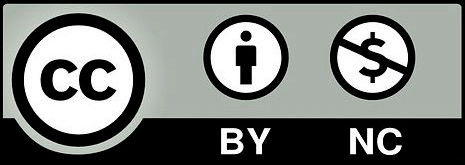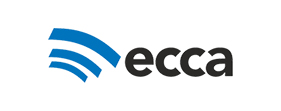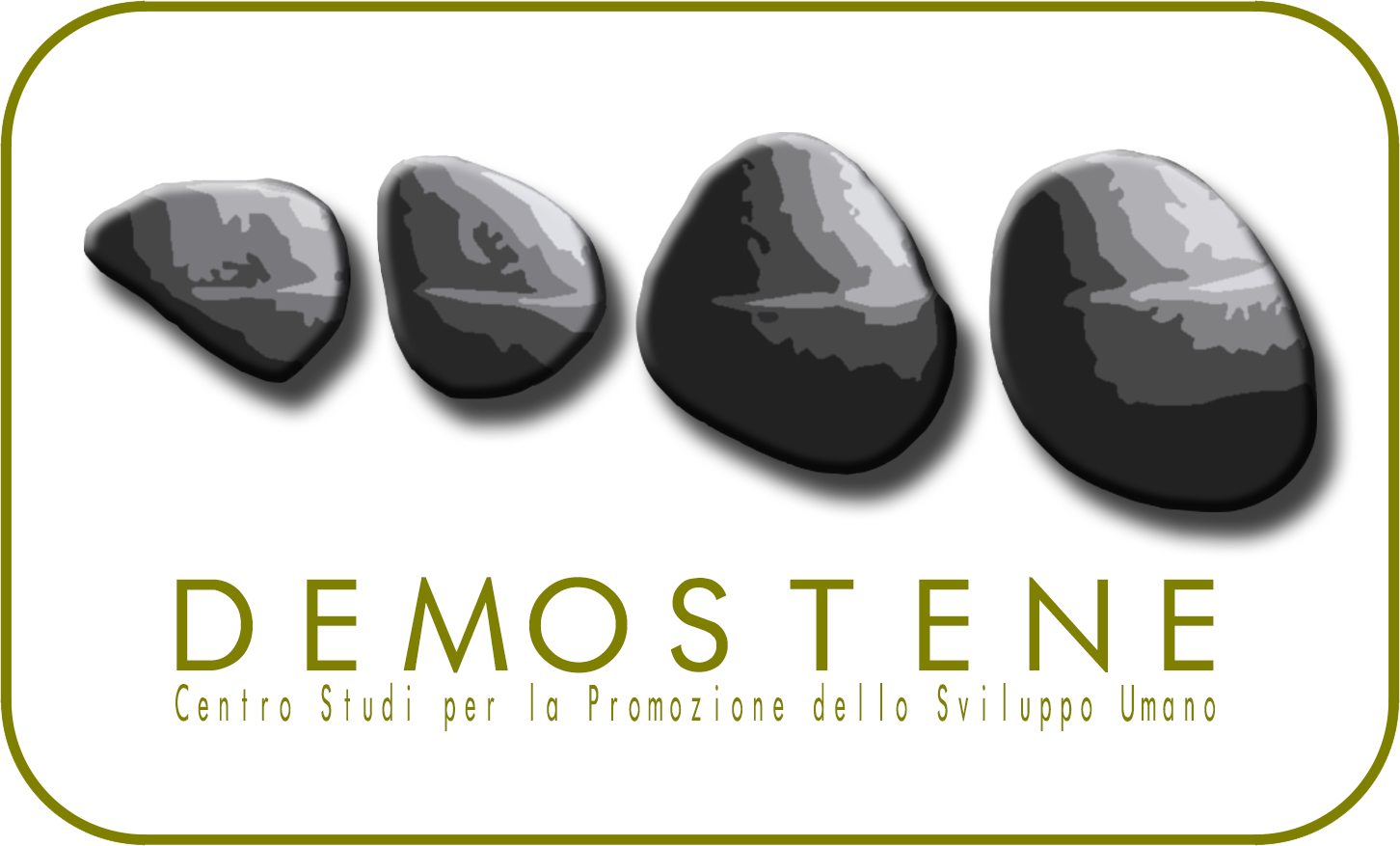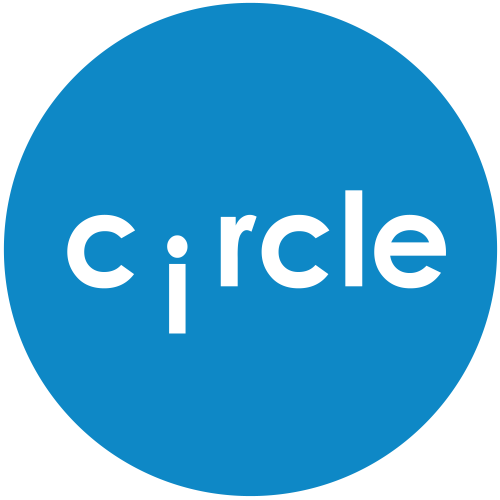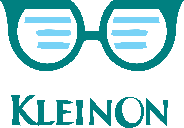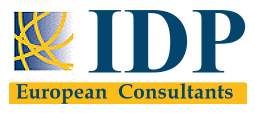 Definition of the Idea & Design of Business Model Definition of the Idea & Design of Business Model
Business ModelClick to read 
Business Model: visualisedClick to read 
Business model canvas: an advanced perspectiveClick to read 
The Triple Layered Business Model Canvas is a tool for experimenting with sustainable business model innovation.
It adds two new levels to the traditional business model canvas: an environmental layer based on a lifecycle view and a social layer based on stakeholder perspectives.
When the three levels of the business model are combined, they reveal how an organization produces several sorts of value - economic, environmental, and social.
Source: Pigneur, Yves & Joyce, Alexandre & Paquin, Raymond. (2015). The triple layered business model canvas: a tool to design more sustainable business models.
Economic Business Model canvasClick to read 
Environmental Model canvasClick to read 
Social Model canvasClick to read 
New Economies and SDGsClick to read 
|
The role of entrepreneurship in improving the quality of life for ordinary people, including disadvantaged groups, is recognized in the context of the 2030 Agenda for Sustainable Development, as it contributes to building resilient infrastructure, promoting inclusive and sustainable industrialization, and fostering innovation (i.e., Social Development Goals, SDGs).
SDGs 4 and 8 are connected to entrepreneurship, specifically target 4.4 and target 8.3. When the three levels of the business model are combined, they reveal how an organization produces several sorts of value - economic, environmental, and social.
|
 |
Social EntrepreneurshipClick to read 
Social Entrepreneurship mixes commercial and social concerns in an effort to improve people’s lives. Apart from humanitarian motivations, one conceivable rationale for such a change is that as society advances, businesses will become more profitable.
There are several varieties of social entrepreneurship, including:
| Community Social Entrepreneur |
They operate in specific geographies and communities for a wide range of causes. They are the ones that effect immediate change and aspire for more.
|
|
Transformational Social Entrepreneur
|
They focus on building a company that can address a problem that government efforts and other enterprises cannot.
|
|
Global Social Entrepreneur
|
Global social entrepreneurs think on a broader scale and focus on global transformations. They prioritize social responsibility above earnings.
|
|
Non-Profit Social Entrepreneur
|
These social entrepreneurs reinvest 100% of their profits to give continuity and re-finance on going / future projects.
|
A PESTEL analysis is a strategic framework that is often used to examine a company’s business environment.
PESTEL stands for:

 Knowledge of the Market and Clientele Knowledge of the Market and Clientele
Competition vs. CollaborationClick to read 
Competition and cooperation are two opposing approaches to corporate operation.
Competition instils in employees a sense of urgency to boost production and efficiency. On the other side, this unease leads to heightened levels of stress for employees across the board, with no sense of security or relaxation.
The disadvantages of a collaborative work environment are more noticeable when there is a team of employees that are less competent of working with others. Problems develop when there are too many people in a group who want to take the lead and, as a result, become pseudo-leaders, leaving a project without a clear direction. This is the point at which a collaborative method fails.
However, this is not always the case, and group-think is often effective. A reinforcing team works in harmony, with employees who support one another in a less stressful environment. The staff's aim is more cohesive, and the quality of a company's production is greatly improved.
Building a Support NetworkClick to read 
Some tips to build the ultima network to support entrepreneurial goals are, among others:
- Join social clubs
- Join associations
- Create a small group of like-minded entrepreneurs
- Create events to meet new people
- Participate in conference and panels
- Create alliances and collaborations
 Product and Service Design and Validation Product and Service Design and Validation
IntroductionClick to read 
The income generated by products and services fuels a firm. Because they are at the centre of corporate processes, it is critical to design them with thought and strategy.
The coordination and mixing of people, communication, and material components to generate great service is known as service design.
Product design is the process of transforming ideas into actual and practical items by combining manufacturing capabilities with product and commercial expertise.
Design Thinking & Design Sprint Click to read 
- Design Thinking is a process or approach to solving business problems that begins with the consumer in mind. Design thinking stems from the concept that being human-centred is the most effective way to create products that people actually want. Along with a focus on consumers, design thinking encourages prototyping and testing.
- Design Sprints are a five-day prescriptive way to solving a business challenge. The approach was created at Google Ventures and was later documented in the book Sprint. The Design Sprint takes methodologies inspired by design thinking and compresses them into a comprehensive methodology that a team can complete in only one week.
Market TestClick to read 
The Market Test is an experiment undertaken prior to the commercialization (launch) of a new product to determine product facts such as:
- Is the product the correct one?
- Is the product reasonably priced?
Based on these data, the company can either approve or reject the product proposal.
Solution Interviews Click to read 
The solution interview expands on the problem study and provides a solution to see how potential consumers react.
When presented with the product or a prototype, solution interviews yield qualitative feedback from users or prospects about the product.
In general, companies relies on a “demo” of the product to seek from customers’ experience in using that demo what are their impressions about the product (i.e., usability and concrete matching to their needs).
 Economic Viability Economic Viability
IntroductionClick to read 
Economic viability occurs when a project / initiative demonstrates that it is economically feasible, inventive, and sustainable in terms of financial resources invested.
Businesses categorize expenditures for planning and other purposes based on the importance of payment:
- Even if there are no sales, fixed costs must be paid. You must, for example, pay the rent on your company space, the utilities, and the interest on your business loan.
- Variable expenses vary according on the number of items or services sold. Distributing expenses, raw material prices, and human costs for creating and shipping items or providing services, for example, are typically variable.
The concept of break-even pointClick to read 
|
In economics, business, and cost accounting, break even analysis refers to the point at which total cost and total revenue are equal.
A break even point analysis is performed to calculate how many units or dollars of revenue are required to cover total costs (fixed and variable costs).
|

Source: https://toughnickel.com/business/Breakeven-analysis
|
Economic and Financial Plan Click to read 
- An economic plan is a set of plans aimed to attain specific pre-determined economic goals in a specific order of priority during a predetermined time period.
- A financial plan is a document that details an individual's present financial condition, short- and long-term economic goals, and a detailed strategy for achieving those goals.
A financial plan should cover all aspects of a person's finances, such as savings, investment, debt, insurance, taxes, and retirement. The plan can be prepared on your own or with the assistance of a financial expert.
 Summing up Summing up
Summing upClick to read 
 |
Business Model
Refers to a company's profit-making strategy.
|
 |
Knowledge of the market and clientele
PESTEL analysis: a strategic framework that is often used to examine a company's business environment.
|
 |
Product and Service Design and Validation
Design thinking and design sprints
|
 |
Economic Viability
Occurs when a project demonstrates that it is economically feasible, inventive, and sustainable in terms of financial resources invested.
|
|
 Test Yourself
Test Yourself
